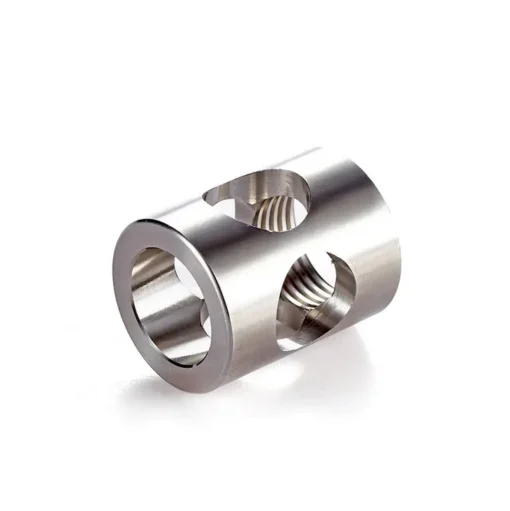Trattamento affidabile delle superfici metalliche
Trattamento superficiale del metallo comporta la modifica dell’aspetto fisico, della consistenza e della funzione dell’oggetto mediante la creazione di uno strato sottile con trattamento chimico, molatura meccanica e trattamento termico superficiale.
Il team di esperti di Lead Machinery può aiutarvi a scegliere la finitura giusta per la vostra ceramica, il vetro, il metallo e le sostanze plastiche.
I nostri ingegneri svilupperanno il miglior trattamento superficiale considerando i vostri requisiti di personalizzazione, la resistenza alla corrosione e altre funzionalità.
Cosa offriamo?
Scegliendo il nostro superficie della lamiera trattamento servizio, potrete ottenere la finitura secondo le vostre esigenze.
I nostri ingegneri comunicheranno con voi per capire le vostre esigenze e vi informeranno sul processo di trattamento in dettaglio.
Dalla finitura del metallo su un’area specifica del vostro prodotto alla copertura dell’intera superficie, abbiamo tutto ciò che fa per voi.

Surface Treatment Processes/Finishes We Offer
Right are some primary finishes we typically employ at Lead Machinery
Our team will schedule a proper discussion with you to understand your budget, production standards, design, and other key details.
Our priority is to provide high-quality customized coating at a budget-friendly rate.
We create a smooth, fine, aerodynamic metal finish to make the product design consistent with the original one.
Get a Consultation Now From Our Experts to Learn the Complete Process!
Anodizing surface treatment is used on non-ferrous metallic surfaces like magnesium and aluminum alloys.
By this process, you can boost the oxidation resistance of the surface of your material.
Such sheet metal finishes make your product hard, thermally conductive, and wear-resistant.
The primary benefit of this surface treatment is its aesthetic charm, enhanced by a variety of colors that elevate the material’s decorative appeal.
Before every treatment, you need to apply sand on the material surface through high-pressure spray and nozzles.
This process is effective in removing dust, burrs, rust, and other processed textures from your product.
We change the material and diameter of sand particles to customize surface texture.
Our sandblasting application aims to remove debris from the surface before applying the spray treatment of your choice.
If you want to make the surface reflective, glossy, and aesthetic, get the optimum mirror-like metal polishing.
Such metal surface polishing refines and smoothens the texture of your product surface.
To achieve this, you need to be patient because a series of polishing steps is needed.
Every polishing step improves the aesthetic outlook of your material.
You can also protect your metal and alloy through electroplating, in which one metal layer is applied to another alloy or metallic surface.
With the electroplating process through electrolysis, your surface will get stainless steel metal finishes.
As a result, you will have a product with increased conductivity, wear resistance, corrosion resistance, aesthetic outlook, and functionality by preventing oxidation.
Plastic powder coating is also a metal surface treatment you can adopt to refine your product.
It uses static electricity to adsorb powder on the surface of your product. In this method, we melt the plastic powder and seal the powdered layer on the product’s surface.
Doing so improves the surface’s heat insulation, corrosion resistance, wear resistance, electric resistance, and slip resistance.
You can use this treatment to improve the ornamental look of objects.
A tool called a tap is used to cut internal threads in the workpiece.
Che cos'è il trattamento delle superfici metalliche?
Il trattamento delle superfici è una disciplina che migliora le proprietà superficiali dei materiali di supporto come i componenti elettronici, elettrici e meccanici.
Utilizzando diversi metodi chimici, fisici e meccanici, è possibile modificare l’aspetto fisico del prodotto e la resistenza alla corrosione e all’usura.
La finitura superficiale è utile anche per modificare la superficie del materiale e preparare la placcatura, i rivestimenti e lo strato di infiltrazione del prodotto.
Potete anche riparare parti usate e moltiplicare la vita del prodotto. Oggi il trattamento delle superfici è una tecnologia fondamentale nell’ingegneria della rigenerazione verde.

